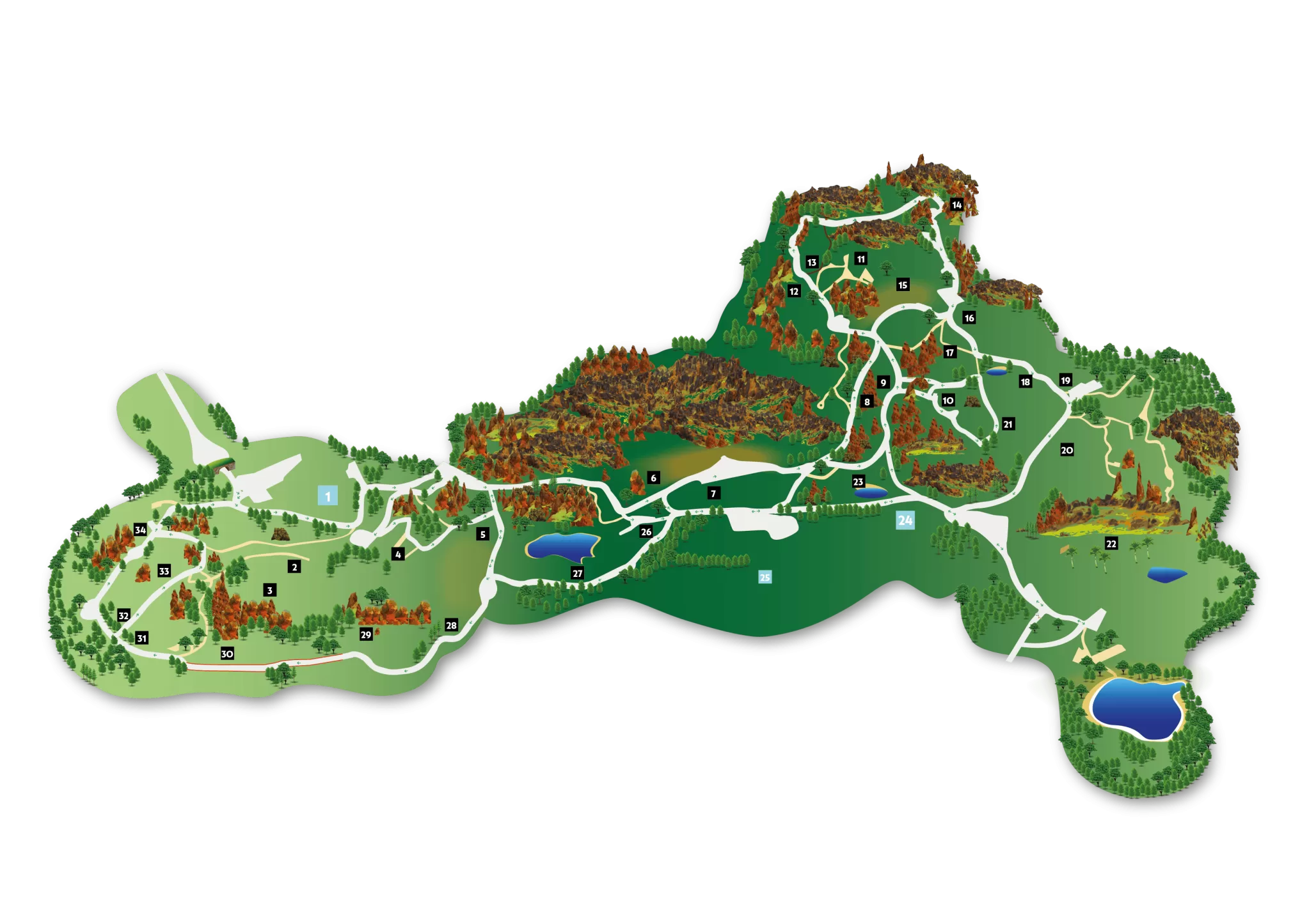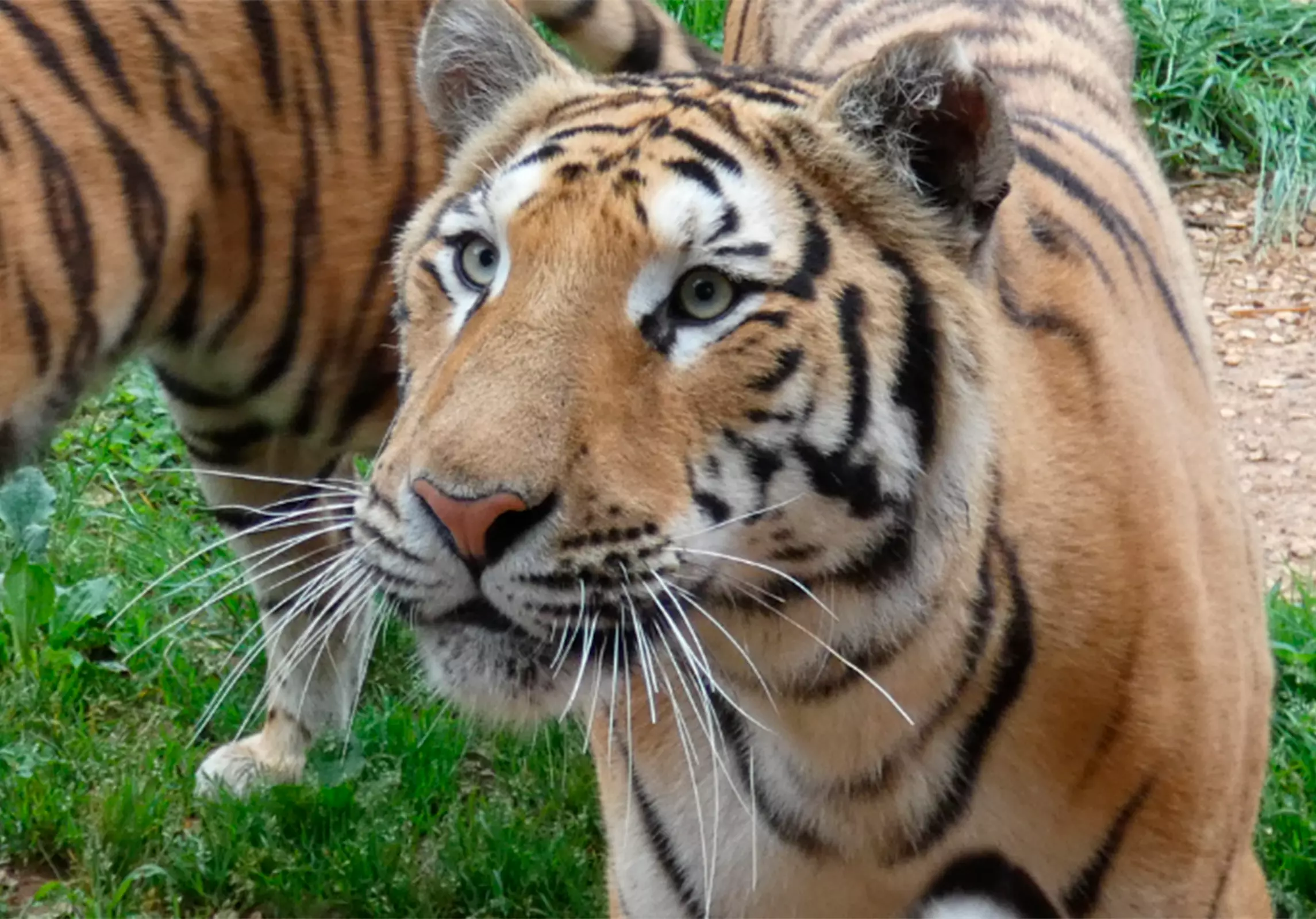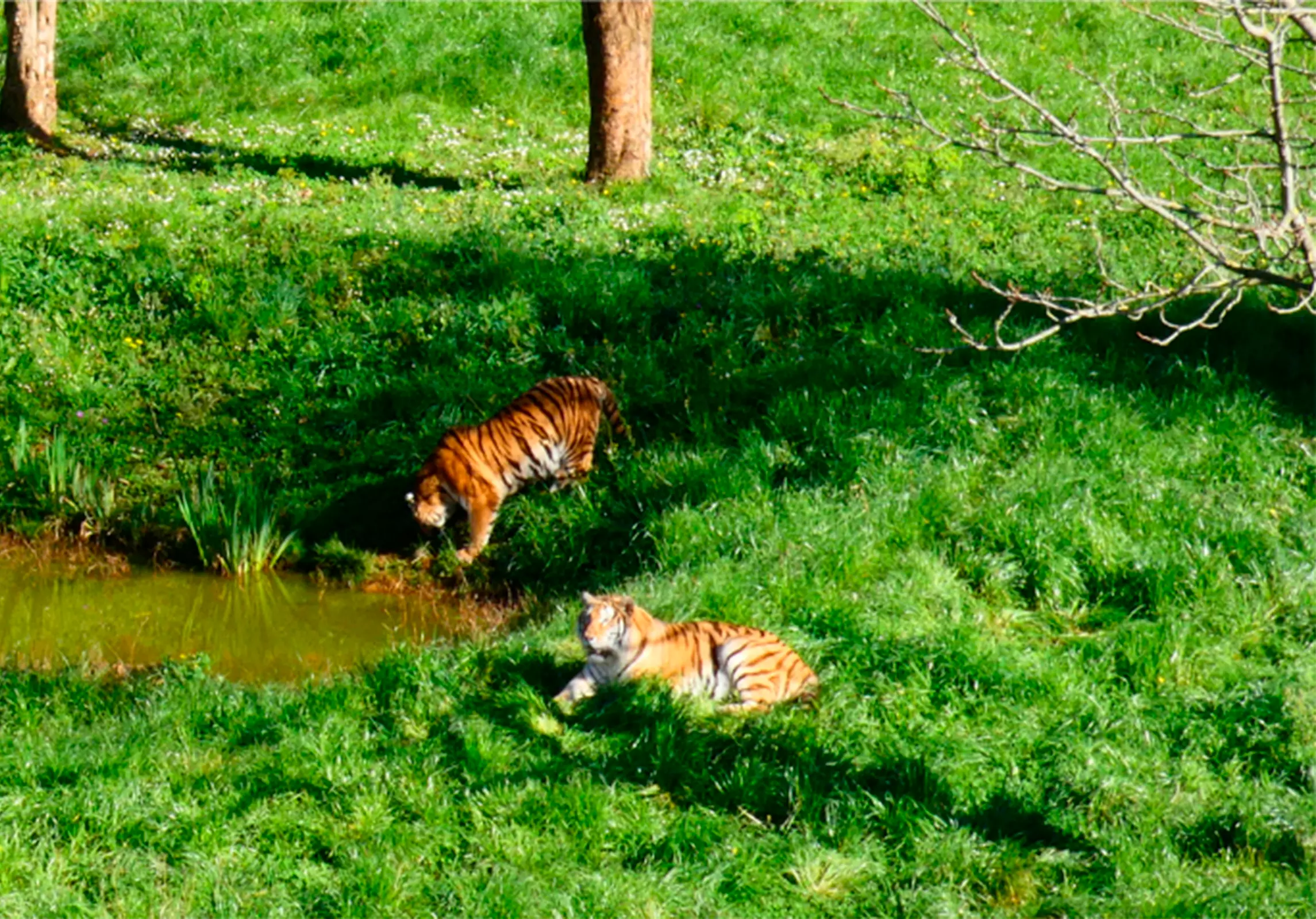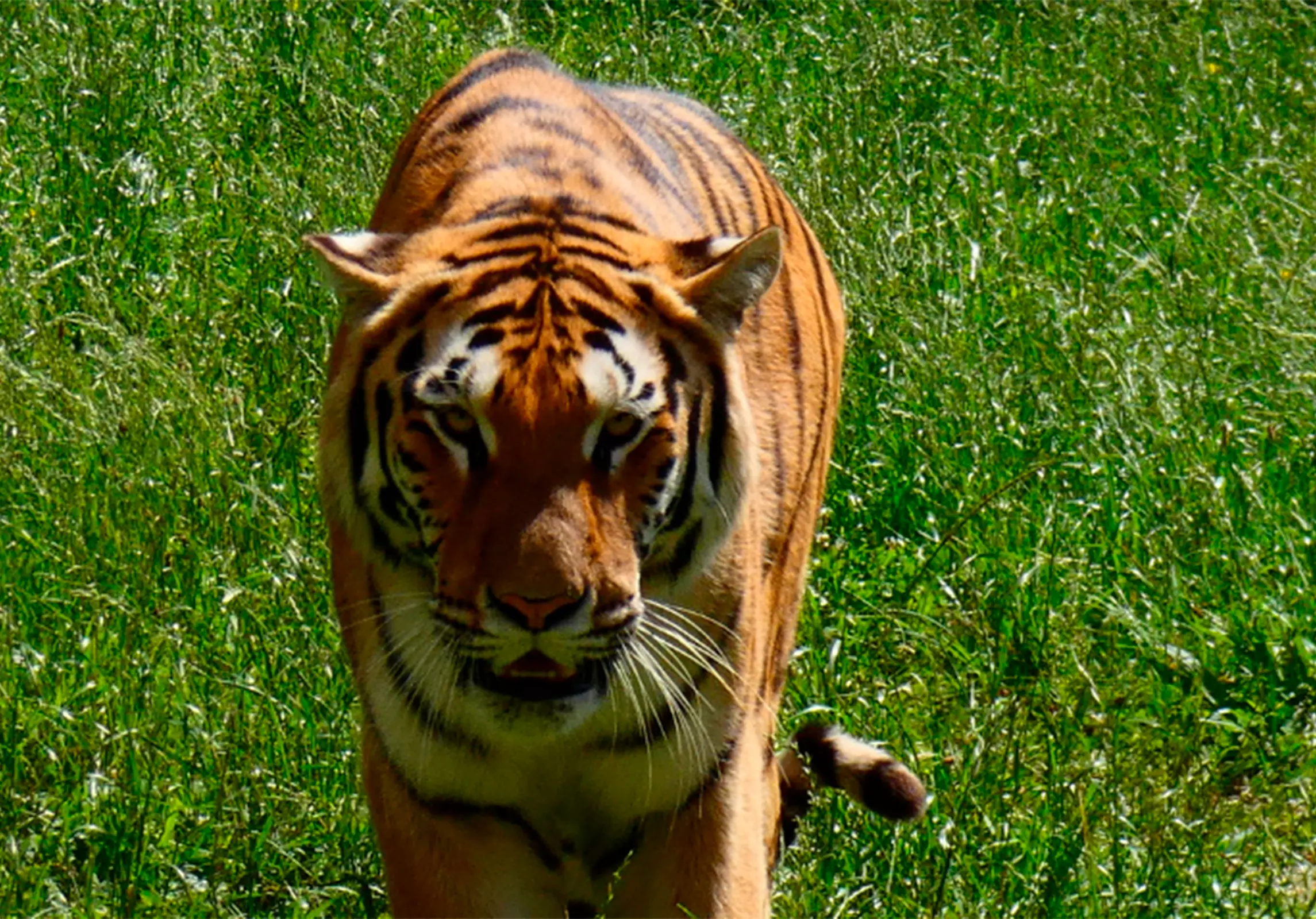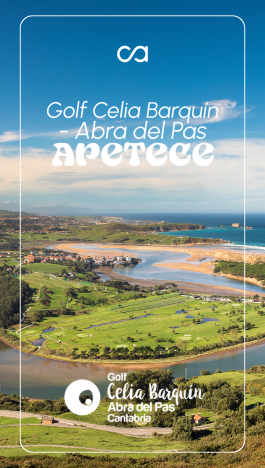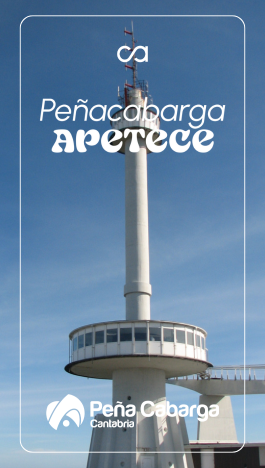
Tigers have extensive hunting territories that they defend fiercely, and within which they mark their borders using urine, odorous secretions produced by anal glands, and by scraping the ground with their hind paws and trees with their front paws, thus achieving a contrast of smells as perceptible to other tigers as a traffic sign would be to humans.
To feed, a tiger is capable of traveling up to 20 kilometers in a night, at an approximate speed of 4 or 5 km/h. When hunting, the tiger advances silently, relying on sight and hearing more than smell; it ambushes by remaining motionless and takes advantage of the camouflage provided by the vertical lines of its fur, which allows it to get very close to its prey, to pounce on them with a final and deadly leap. Its retractable, long, and sharp claws allow it to grasp and hold the prey once it has reached it. If it fails in its attack, it usually does not pursue its prey.
Although it prefers to feed on deer and bovids, the tiger does not disdain small mammals, birds, pythons, or frogs.
The first tigers that arrived at Cabárceno were of British origin: one male and three females formed this first family.
Currently, six individuals live in the Park: Pluja, Neu, Rayo, Liso, and Rota, all adults, and Candi, a five-year-old cub.”
Since they cannot all go out to the outdoor enclosure together, different shifts are made so that everyone can enjoy it. And when it’s not their turn, they remain, also outdoors, in the glass-fronted enclosures called ‘reserves’, which are primarily used for veterinary care and for adaptation when new individuals arrive.
The tiger enclosure at Cabárceno, which was expanded in 2012, currently has 25,000 square meters, making it the largest in Europe for this species, and three viewpoints that allow the observation of this astonishing species.

